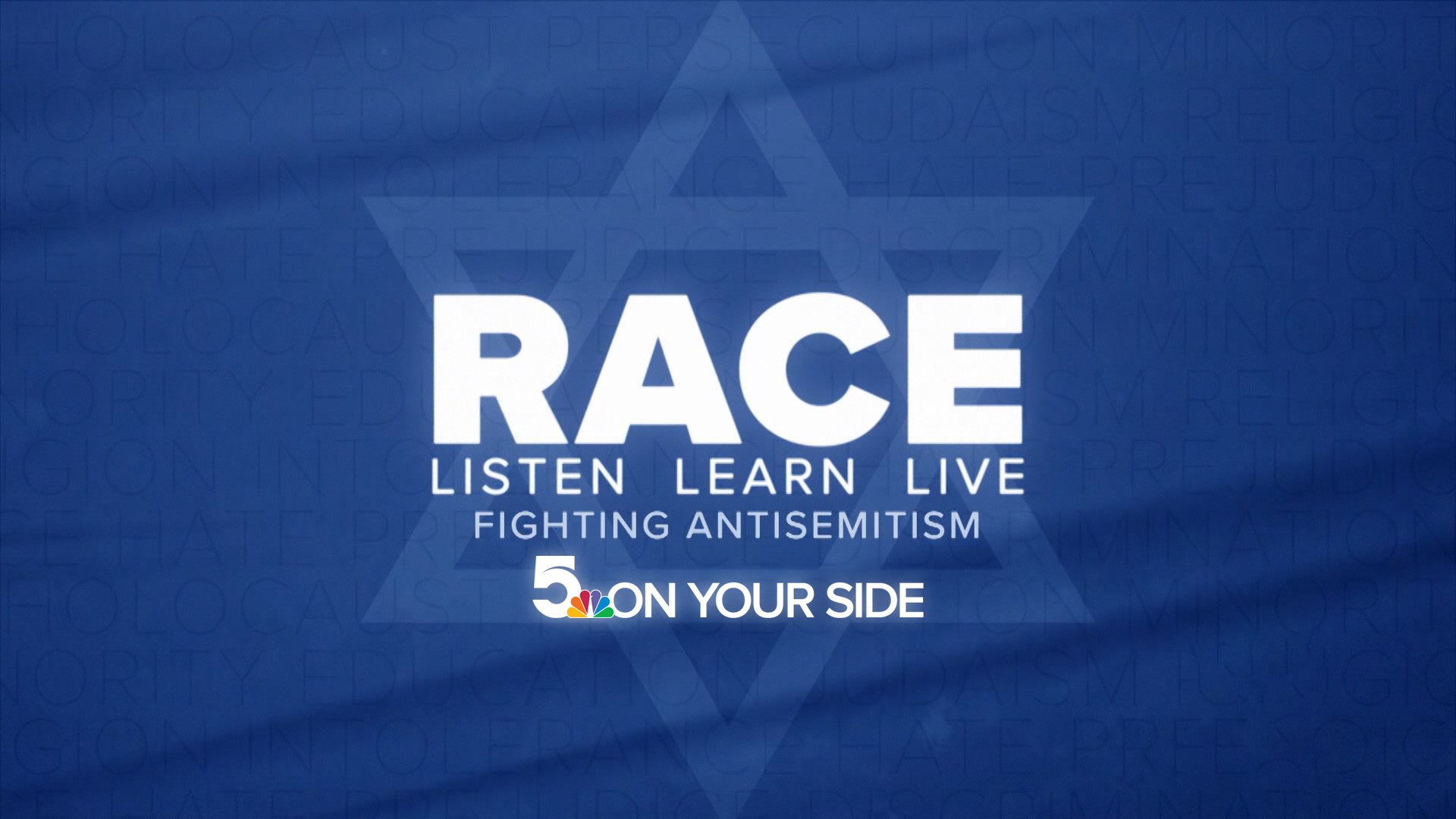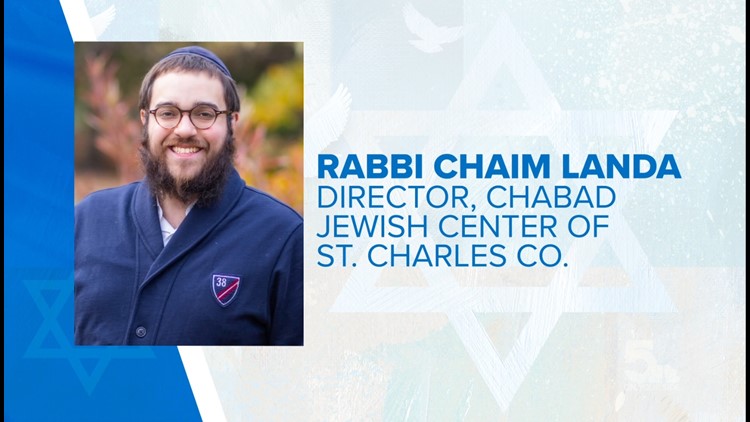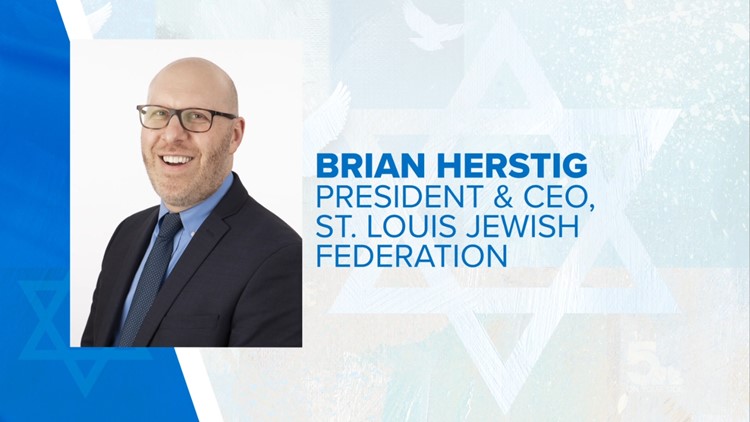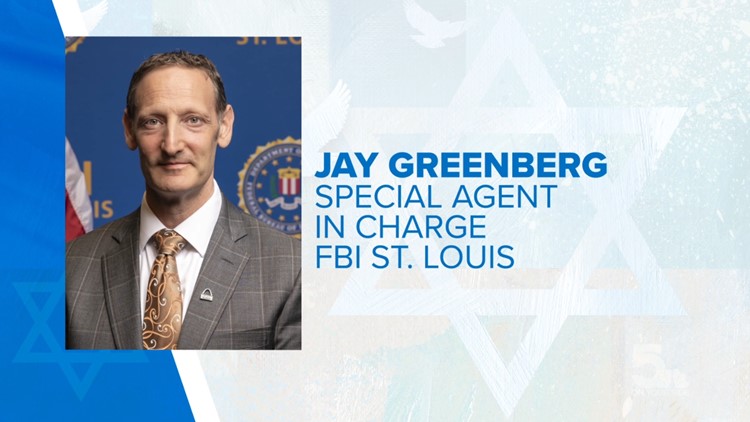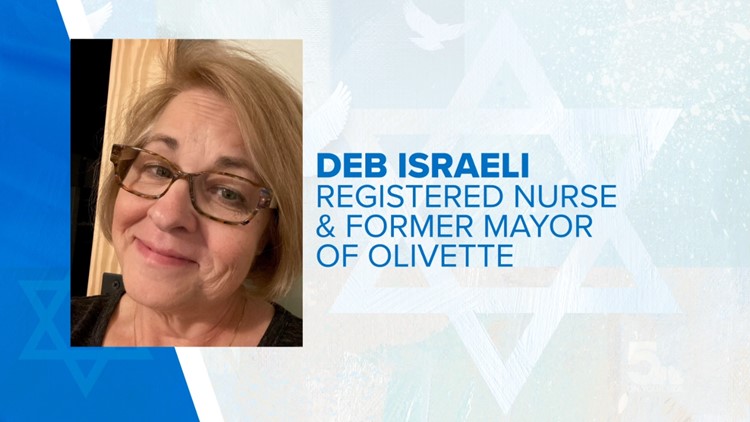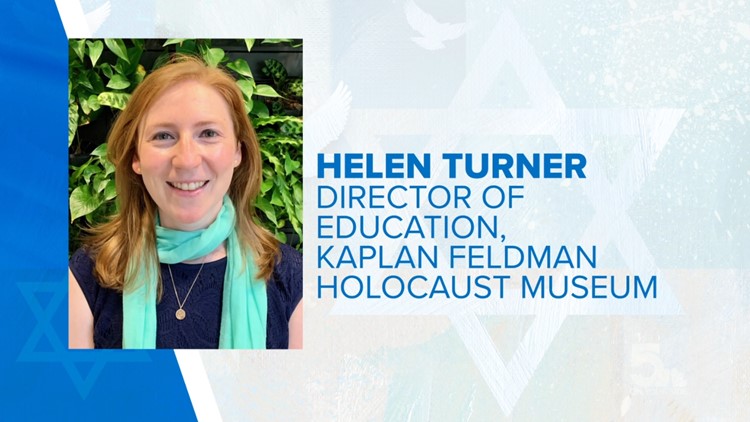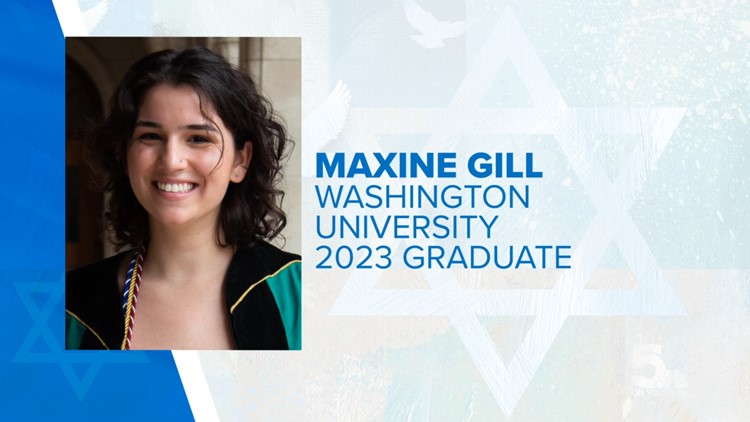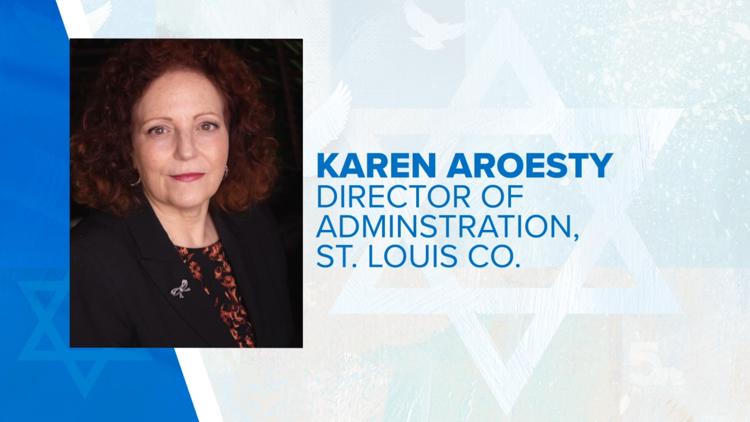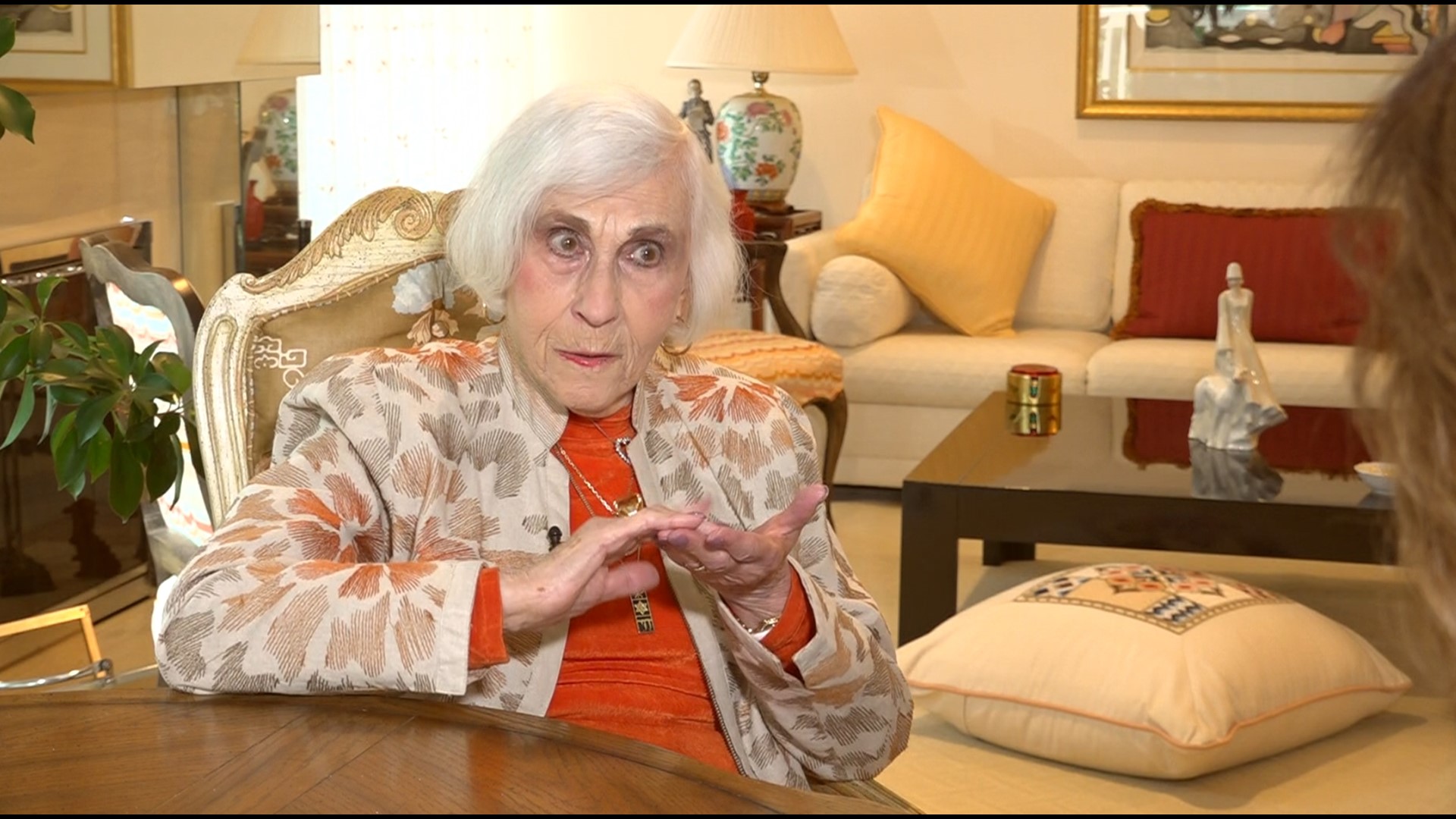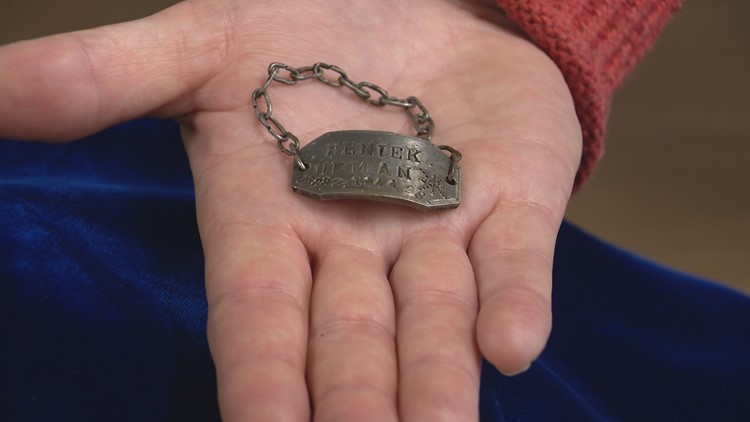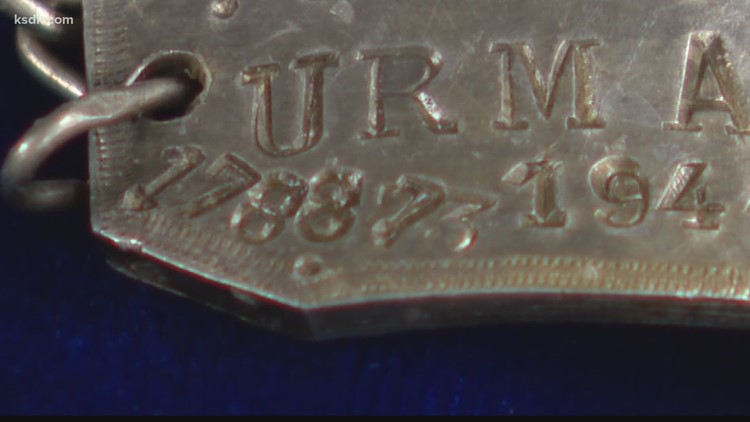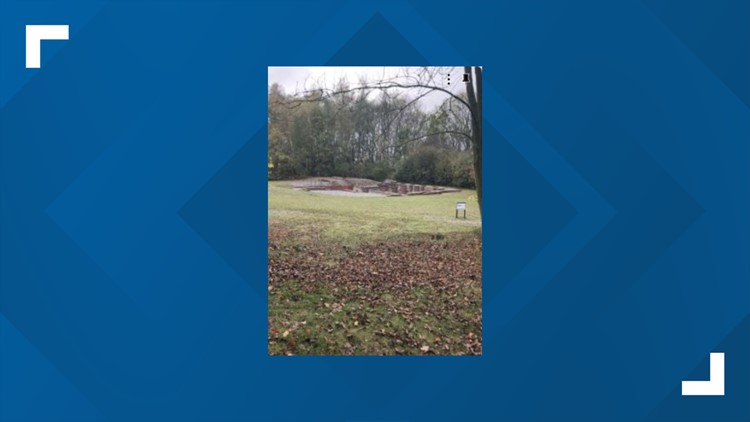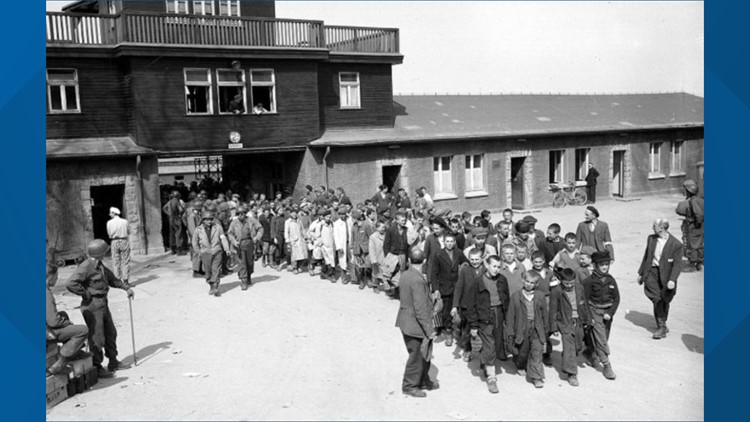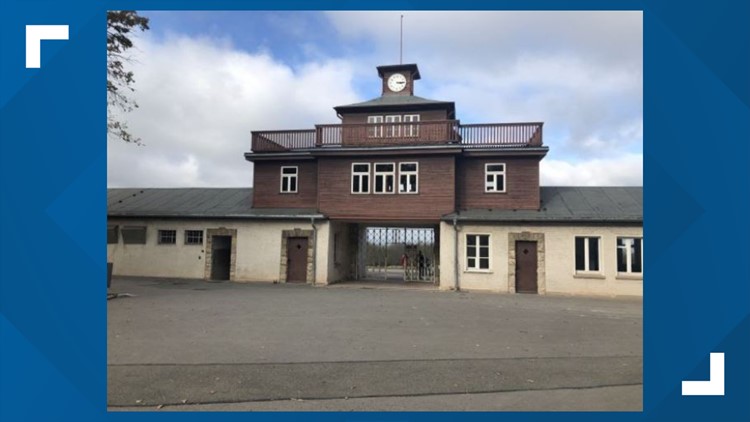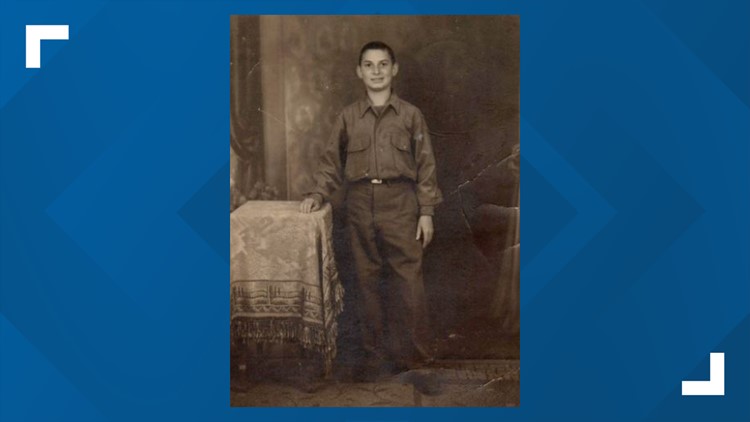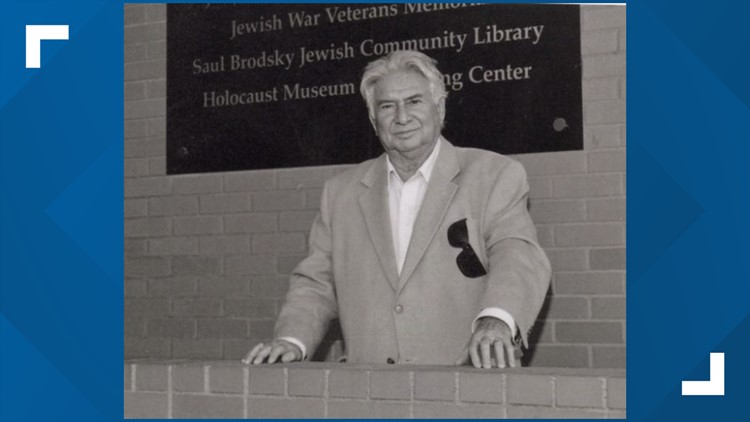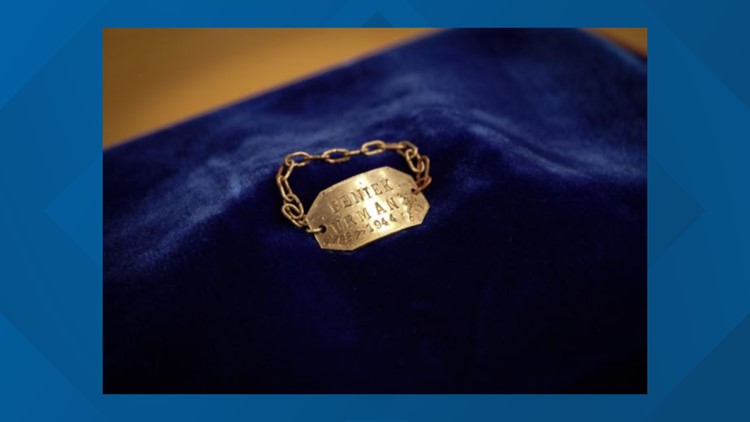'We aren't victims, we are Jewish': Fighting antisemitism in St. Louis
Race: Listen. Learn. Live. Fighting Antisemitism is a special program produced by 5 On Your Side.
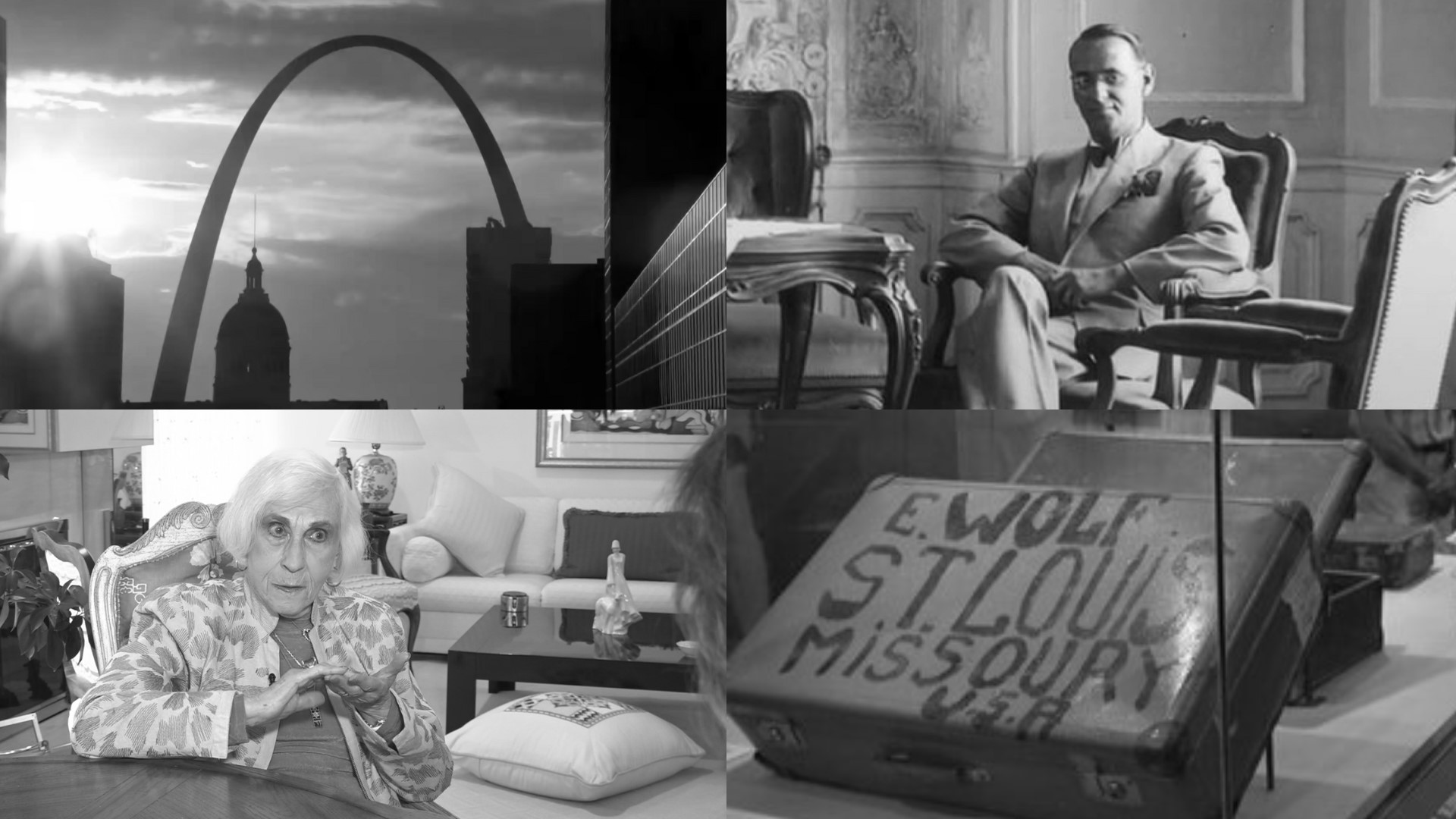
What is antisemitism? It's a form of racism that’s defined as a prejudice against or hatred of Jewish people. People of the Jewish faith share customs, traditions and histories. A person can be born Jewish or convert to the faith. Someone can also be Jewish and secular.
5 On Your Side’s next special tackles rising hate in this country, more specifically, antisemitism. The Anti-Defamation League reports that antisemitic incidents in this country were at an all-time high in 2022.
RACE: Listen. Learn. Live. Fighting Antisemitism will air at 7 p.m. on Thursday, Oct. 5. Watch over the air, on YouTube or on 5+.
The special is sponsored by St. Louis Kaplan Feldman Holocaust Museum.
With antisemitism on the rise, St. Louis isn't immune which is why 5 On Your Side aims to educate, inform and search for solutions. Mike Bush moderated an hour-long discussion with seven panelists from the St. Louis Jewish community.
The panelists sharing their experiences include:
Panelists for Race: Listen. Learn. Live. Fighting Antisemitism
See the panelists share their thoughts throughout the discussion in the special, Race: Listen. Learn. Live. Fighting Antisemitism.
Jewish history Understanding the past
To understand the present and the future, we look to St. Louis' history.
Early 20th century St. Louis was an immigrant-friendly environment. German Jews in the city were well-established, with businesses and thriving communities.
There were great successes such as the department store chain Stix, Baer and Fuller founded in the late 1800s. Famous Barr's flagship store opened in the Railway Exchange Building. The Jewish Hospital of St. Louis was built in 1902 on Delmar Boulevard, which we all know as Barnes-Jewish Hospital located on Kingshighway.
However, like many immigrants new to a different country, there were struggles.
Housing covenants limited the places they could live. During Hitler's rise to power, antisemitism was apparent in propaganda. A 1937 pro-Nazi rally in Forest Park shows people waving flags with swastikas on them.
The community rallied around itself, but at the same time, it was not a monolith. Progressive and traditional Judaism existed together. Soldan High School was a unifying place.
By Kelly Jackson
Surviving the Holocaust Chesterfield woman's story and warning
Rachel Miller is a Holocaust survivor who made a home in Chesterfield. Miller lived through one of the darkest atrocities the world has ever seen.
Miller narrowly escaped a roundup of Jewish residents of Paris in 1942. Her family was caught and taken to death camps.
She managed to save a family photo album, a treasured keepsake that she uses to teach people about horror and survival.
Miller fears that people in the United States are using the same rhetoric as Hitler during his rise to power.
By Kay Quinn
On campus Antisemitism in colleges and universities
College campuses are witnessing a rise in antisemitic incidents. A report from the Anti-Defamation League found the rate of incidents jumped by 41% from 2021 to 2022 nationwide.
The Chabad Jewish Center and Illini Hillel are two groups making a change for the better. They support Jewish and non-Jewish students at the University of Illinois Urbana-Champaign.
Students and staff share stories of the good times and hard times that bring them together.
The important part is having each other.
By Justina Coronel
Protecting synagogues Violence in places of worship
When Rabbi Noah Arnow first joined the Kohl Rinah synagogue in Clayton about 10 years ago, its doors were always unlocked.
Then, in 2018, everything changed. Eleven people were killed in a Pittsburgh synagogue.
Synagogues had to change their policies. They took training and locked their doors.
“What I find myself saying sometimes is our doors are always locked and everyone is always welcome,” Arnow said.
By Christine Byers
Carl Lutz A hero of WWII
Carl Lutz is credited with saving tens of thousands of people in the Holocaust.
Lutz was born in Switzerland, Europe, and moved to the U.S. in 1913. He settled in Granite City, Illinois, for five years. In the 1930s, he became the St. Louis-area Swiss consul before his diplomatic service took him to Palestine.

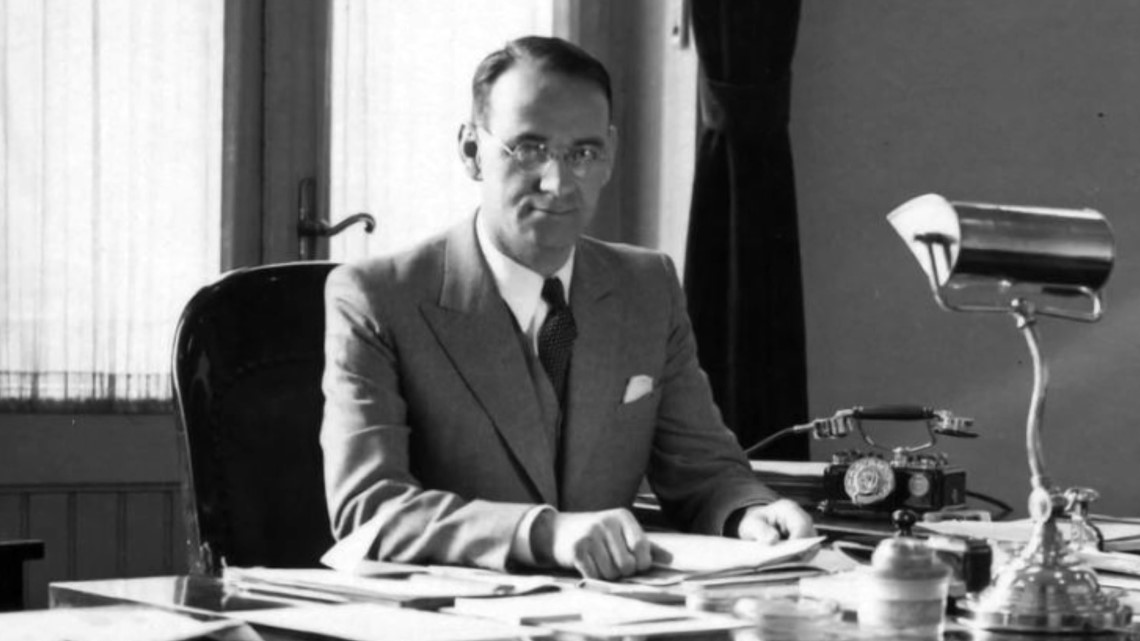
In World War II, Lutz was working in Budapest. He was moved by his Christian beliefs to protect people from the death camps. He used Swiss diplomatic protection to shield Hungarian Jews.
"So there's a lot of different numbers, and we're still working on the final," Amy Lutz said. "But what we say is Carl Lutz is responsible for the largest diplomatic rescue mission of the entire Holocaust and rescued several tens of thousands of Hungarian Jews during his time there."
By Mike Bush
Holocaust artifact The meaning of a special bracelet
Ben Fainer was an ambassador of the St. Louis Kaplan Feldman Holocaust Museum until his death more than five years ago.
Fainer survived the Holocaust. Starting at 9 years old, he was moved between five death camps over five years.
He shared his life with museum visitors, shining a light into the dark past.
Fainer's family remembered him fondly. One day, his memory became tangible once again. Researchers at Buchenwald, a German concentration camp from 1937 to 1945, researchers unearthed an extraordinary item: a bracelet made by Ben Fainer.
Holocaust survivor's bracelet returned to family in St. Louis
The bracelet lists Ben's name and the number 178873, the number Nazis tattooed on Ben's arm.
By Mike Bush
Students become teachers St. Louis program helps teens
Students visit classrooms, sharing details of their Jewish culture in a program called "Student to Student." Alan Kriby welcomed the group to his German language classroom in Imperial, Missouri, last school year.
Kirby's class heard about High Holy Days, the Hebrew language and much more.
It's hard to measure the difference one hour can make, but for some, it seemed to have a lasting impact.
"It kind of makes me wonder when did it stop being about the fact that we're all people regardless of cultural differences or traditions or ethnicity," said Seckman student Carter Phillips.
To learn more about Student to Student and the Jewish Community Relations Council of St. Louis, click here.
By Mike Bush
Learn the history The powerful Holocaust museum
In Creve Coeur, a somber history has found its sanctuary at the newly renovated St. Louis Kaplan Feldman Holocaust Museum.
The tour, artifacts and displays are a profound reminder of the Holocaust's depth and magnitude. The museum pays tribute to the individuals behind the names. Hundreds of survivors found a home in St. Louis post-Holocaust.
Walking through the hallowed halls of the St. Louis Holocaust Museum forces visitors to confront the nature of hate and injustice, and the consequences of silence.
By Mike Bush
Report hate crimes
Don't remain silent. If you believe you are a victim or witness a hate crime, report it. Call 1-800-CALL-FBI (1-800-225-5324).
Watch this special and others on your TV. Download the 5+ app for your Roku, Fire TV or Apple TV.


